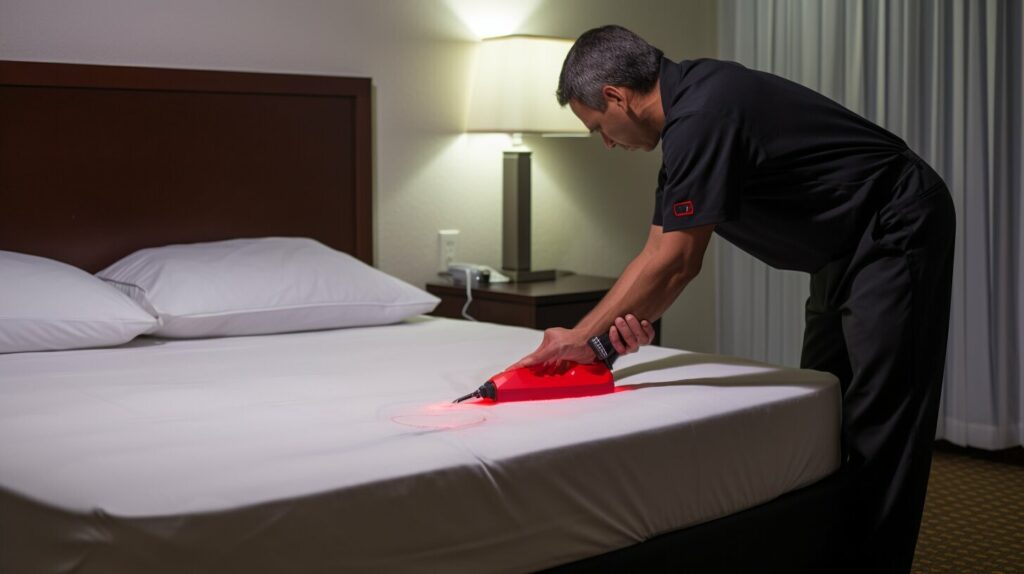Bed Bug Prevention and Management
Struggling with Bed Bug Prevention and Management? Discover expert-tested strategies for Bed Bug Prevention and Management that give you back a peaceful, pest-free sleep sanctuary starting today.
Key Takeaways
- Use Integrated Pest Management (IPM) to combine inspection, clutter control, sealing, and eco-friendly tactics.
- Regular monitoring—flashlight checks, interceptors, and documentation—catches infestations early.
- Decluttering your space and sealing gaps reduces hiding spots dramatically.
- Non-chemical methods like steaming, heating, and freezing are effective and safe.
- When infestations persist, hire a licensed pest management professional who follows EPA guidelines.
- Consistency, awareness, and routine maintenance are essential for prevention.
Understanding Integrated Pest Management (IPM) for Bed Bug Prevention and Management
The gold standard for Bed Bug Prevention and Management is Integrated Pest Management (IPM): a combined system of proactive, non-chemical techniques backed by thoughtful pesticide use only when necessary. The goal is a healthy home with minimal chemical exposure.
IPM Core Techniques
- Routine inspection & monitoring: Weekly flashlight exams and interceptor checks.
- Decluttering: Removing hiding places in closets, bedrooms, and common areas.
- Crack sealing & barriers: Silicone caulk for baseboards and gap-free mattress encasements.
- Eco-friendly control: Steaming, heating (≥118 °F), freezing, and laundering.
- Pesticide use: When necessary, targeted, low-toxicity applications by professionals.
1. Inspection and Monitoring
Early detection is your best defense. Simple habits, practiced religiously, can prevent a minor issue from escalating:
- Weekly inspections of beds, sofas, headboards, nightstands.
- Use a bright flashlight to find dark spots, shed skins, or tiny live bugs.
- Set up interceptor cups under bed legs for passive monitoring.
- Log observations in a simple journal—date, location, findings.
Bed bugs often hide in frame joints and hardware. For example, if you have a metal frame like an iron queen bed frame, inspect welded corners carefully.
| Signs of Bed Bug Infestation | Description |
|---|---|
| Blood Stains | Reddish spots on sheets or furniture from crushed bugs |
| Fecal Spots | Small black/brown stains along seams and edges |
| Shed Skins | Translucent casings from molts |
| Musty Odor | Sweet, mold-like smell when infestations grow |
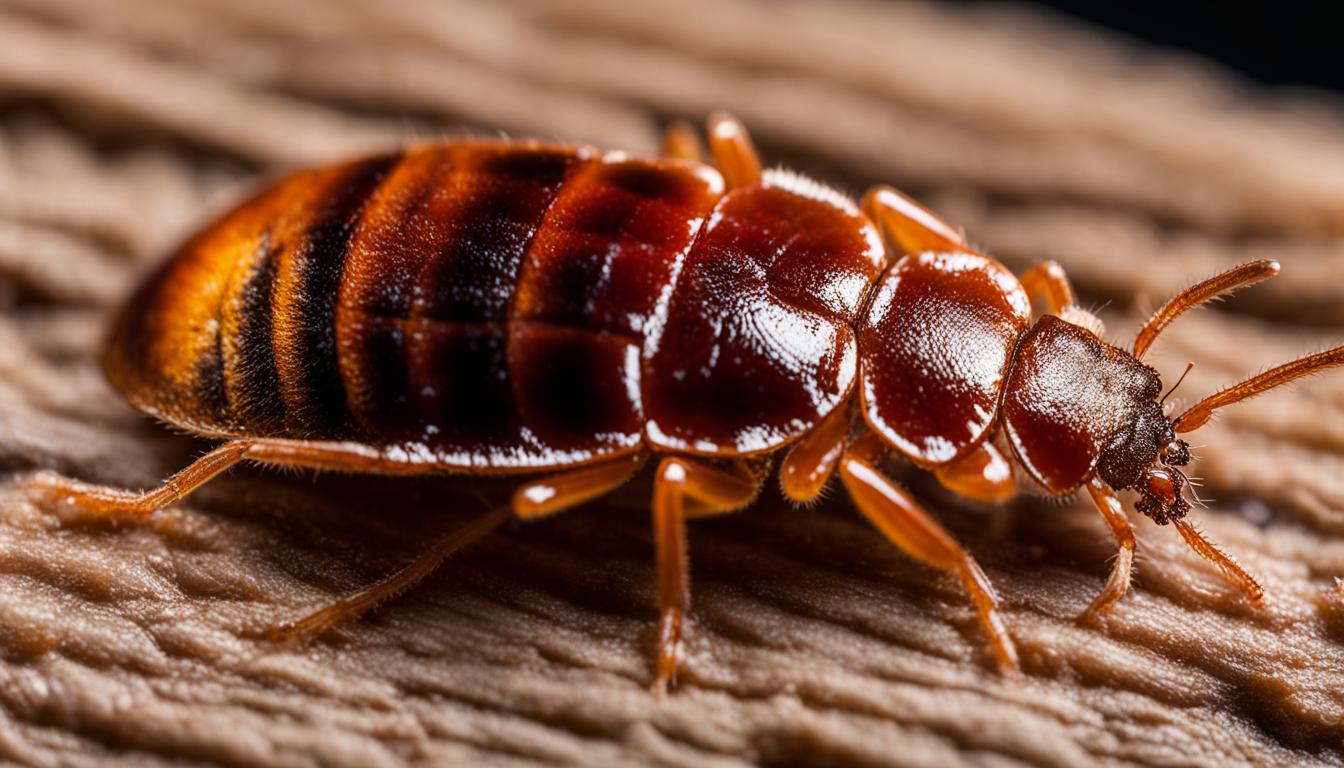
2. Clutter Reduction and Environmental Modification
Clutter equals invitation. Bed bugs love hidden spaces. Reducing clutter is a powerful prevention tactic by itself:
- Vacuum entire rooms weekly—especially corners and under beds.
- Use sealed storage bins for seasonal clothing and linens.
- Repair cracks in walls and furniture seams.
- Keep nightstands simple and free of piles.
Clutter Reduction Checklist
| Task | Benefit |
|---|---|
| Declutter Closets | Fewer hiding spots, easier cleaning |
| Vacuum Weekly | Removes stray bugs and eggs |
| Seal Storage Bins | Protects belongings from infestation |
| Repair Wall Cracks | Eliminates entrance routes |
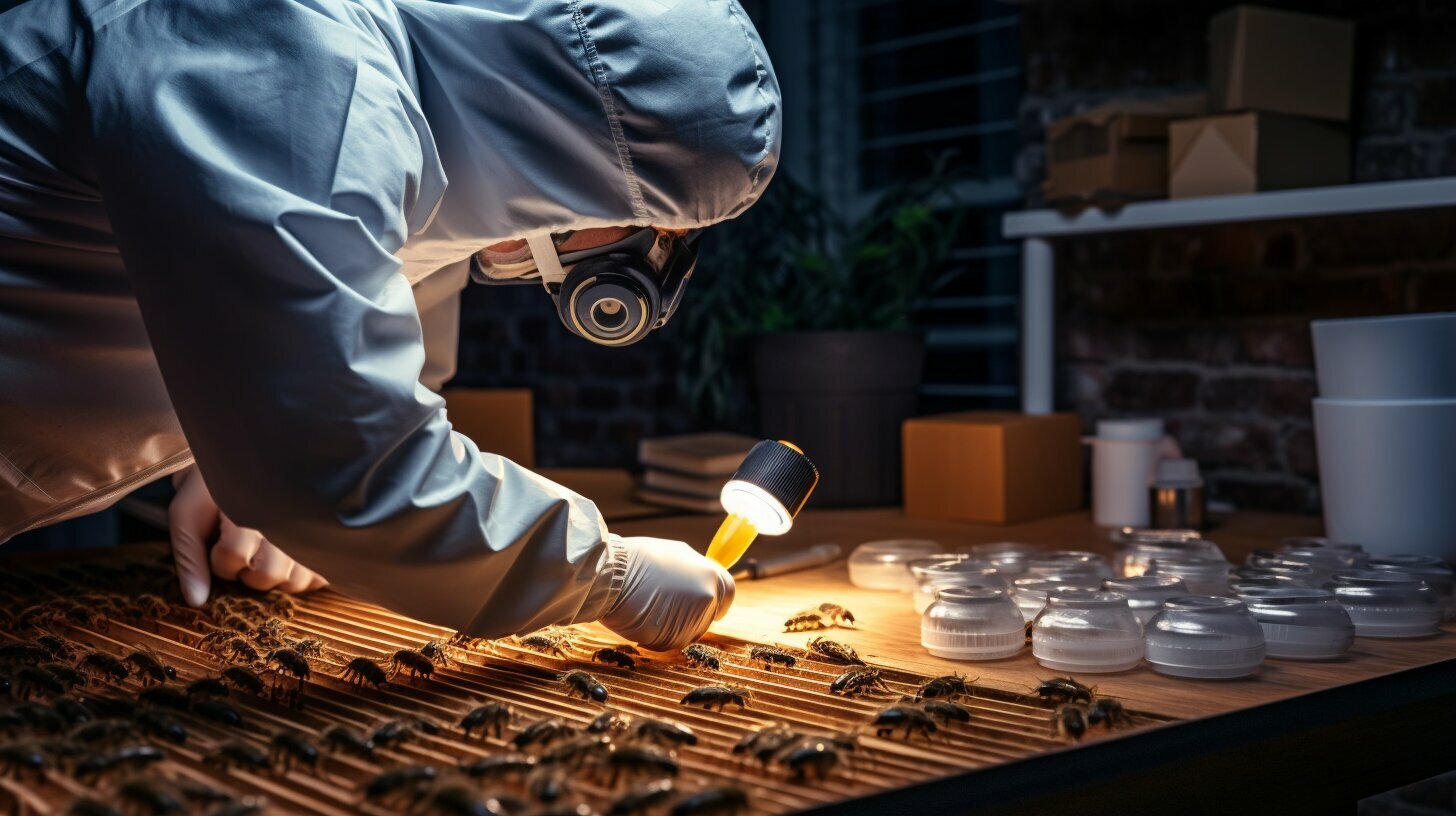
3. Sealing Cracks and Using Barriers
Tiny crevices are invitation-only signs for bed bugs. Sealing prevents their spread:
- Apply silicone caulk around baseboards, outlets, blinds.
- Use bed bug-proof mattress and pillow encasements.
- Place protective interceptor cups under each bed leg.
- Position beds slightly away from walls/furniture to reduce climbing access.
If you’re selecting new furniture, our guide on bed frame durability and style can help pick materials that hold up better against pests.
4. Non‑Chemical Control Methods
Non-chemical approaches—steam, heat, freezing—strike bed bugs where they hide, without harming household members or pets:
- Steam treatment: ≥200 °F kills on contact, effective on seams and cracks.
- Heat treatment: Heating rooms to 118–122 °F for 4+ hours eradicates all life stages.
- Freezing: -0 °F for 4+ days can eliminate bed bugs in small items like soft toys.
- Laundry defense: Wash bedding/clothing at ≥120 °F—heat does the work.
These gentle but potent methods are outlined in guides like Mayo Clinic’s bed bug treatment guide.
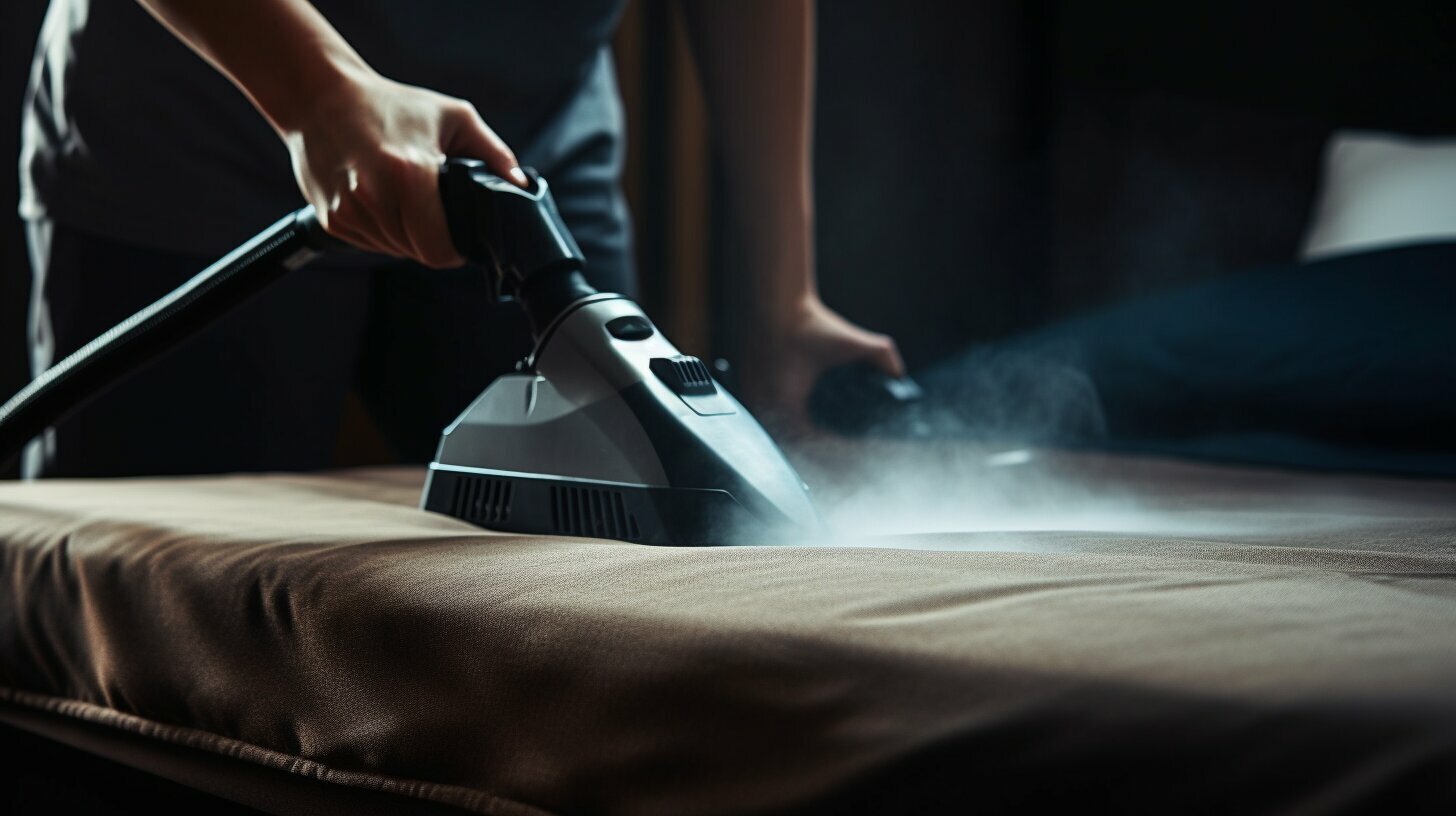
5. Professional Pest Management Support
If DIY fails, a licensed pest management professional (PMP) is your next step. They bring:
- Thorough inspection and customized IPM plan.
- Eco-friendly, low-toxicity treatments.
- Clear communication of every treatment step.
The EPA advises choosing PMPs who use Integrated Pest Management, inspect before treating, and offer written plans. Learn more in the EPA’s guide on hiring pest management professionals.
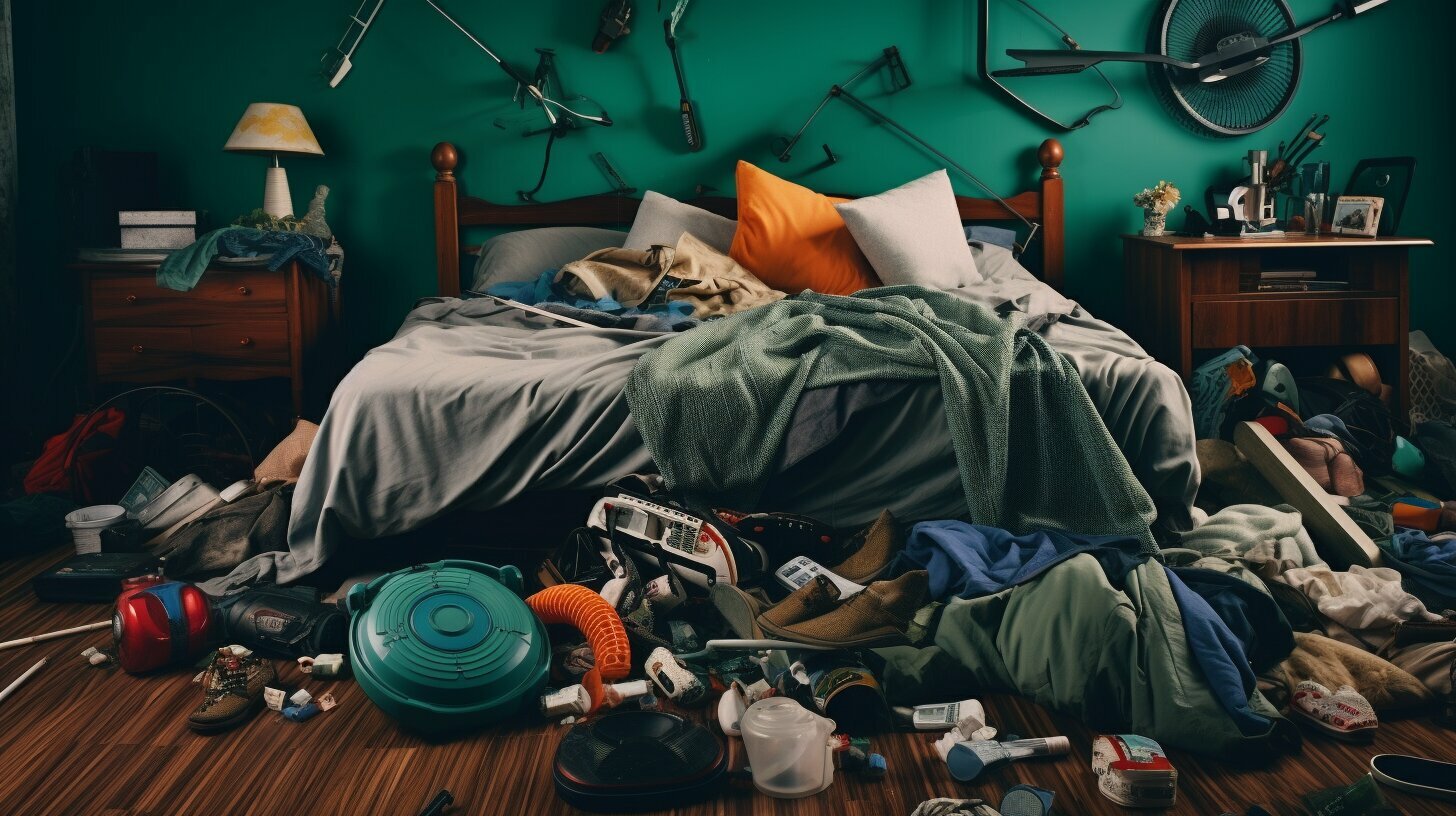
6. Case Studies & Anecdotes
Case Study: One family documented weekly inspections and found a hidden infestation in a couch. Identifying early enabled them to steam treat and seal seams—no chemicals needed. Within two weeks, no new signs appeared.
Statistic: A study from the National Pest Management Association shows homes using combined IPM strategies reduce bed bug incidence by up to 85% within four months.
7. Maintaining Long‑Term Prevention
Bed bug control isn’t a one‑time fix. Build prevention into your routine:
- Schedule monthly inspections.
- Keep clutter to a minimum.
- Maintain sealed barriers and encasements.
- Reheat or freeze items after travel or storage.
- Train family members on prevention signs and actions.
With consistent Bed Bug Prevention and Management, you can protect your home, sleep soundly, and find peace of mind.
FAQ
- How often should I inspect for bed bugs?
- Inspect thoroughly once a week—use a flashlight to check seams, corners, and behind headboards.
- Can steam alone get rid of bed bugs?
- Steam works well for localized use (mattress seams, chairs), but heat treatment of 118–122 °F may be needed for room-wide infestations.
- Are mattress encasements really effective?
- Yes. High-quality bed bug-proof encasements isolate and starve bugs inside and block new invaders from entering.
- When should I call a professional?
- If DIY steps aren’t working after 4–6 weeks or if infestation is widespread, a licensed PMP is essential.
- Will clutter reduction alone prevent bed bugs?
- Clutter reduction significantly lowers risk, but combining it with monitoring, sealing, and eco-friendly controls gives the best results.
For more detailed science and methods, check resources from leading health organizations:
- Sleep Foundation on bed bugs
- EPA’s bed bug resources
- NIH research on pest control

